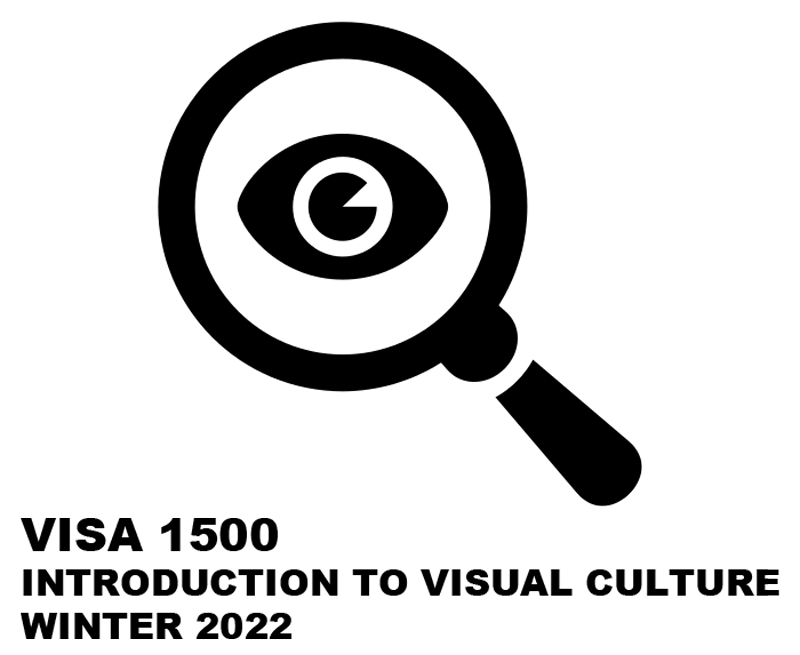“Wildhood,” directed by Bretten Hannam in 2021, is a poignant Canadian film that intricately weaves together the complexities of coming-of-age with the stark realities of violence and trauma. Unlike many Hollywood action flicks that often romanticize or glamorize violence, “Wildhood” confronts it with raw authenticity, inviting viewers to experience its emotional weight.
One particularly striking scene captures a pivotal moment early in the film, where we witness Link, the protagonist, enduring a brutal attack from his abusive father. This harrowing encounter not only leaves physical scars but also sets the stage for Link’s profound journey of escape and self-discovery throughout the story. The impact of this violence is felt deeply, shaping Link’s character and propelling him toward a quest for healing and resolution. In this moment, the film does not shy away from the reality of domestic abuse, instead illuminating the chaos and pain that can fuel a person’s desire for freedom and a sense of belonging.
In the screenshot, we find Link huddled in a small, dimly-lit kitchen, a place that feels more like a battleground than a home. The chaos around him is palpable—empty alcohol bottles lie strewn across the floor, the countertops are cluttered with dirty dishes and crumpled papers, and the faded cabinets stand as a testament to neglect and despair.
His father looms nearby, his aggressive posture filling the frame with menacing energy. The tension is thick in the air as Link instinctively curls inward, trying to shield himself from the impending storm. The low, natural lighting casts harsh shadows, enhancing the gritty realism of the scene. There are no frills or artifice here; the starkness of the environment is raw and unfiltered, amplifying the emotional weight of the moment. It’s a heart-wrenching snapshot of vulnerability and fear, set against a backdrop of turmoil and instability.
The scene is shot with a handheld camera, which gives it a raw, shaky feel that really pulls you into Link’s fear. The cuts are quick but clear, keeping the story understandable while cranking up the tension. In just a minute, you’ll notice around 12 edits, mostly switching between medium close-ups and shaky over-the-shoulder shots. The camera often stays close to Link’s viewpoint, making you feel the weight of the abuse right alongside him. This handheld approach keeps you aware of the camera itself, which is a stark contrast to the smooth, polished style you usually see in Hollywood films. It’s a choice that leaves you feeling uncomfortable, making the violence seem intrusive rather than just something entertaining to watch.
Link is a young Two-Spirit Mi’kmaq teenager who endures both physical and emotional abuse, which is partly tied to his Indigenous identity and non-traditional gender expression. His father, who embodies a white-presenting, hyper-masculine persona, symbolizes the ongoing cycles of violence and colonial oppression. This relationship underscores the larger issues of racial and gender conflict: Link’s vulnerability as a queer youth of color is harshly suppressed by his father’s toxic masculinity. Unlike typical action movies, Wildhood centers on marginalized identities, providing a unique portrayal of resilience through the lens of Indigenous queer experiences (Leclair 2021).
Unlike traditional Hollywood action films that often glamorize violence—think of the John Wick or Fast and Furious franchises—Wildhood takes a different approach. It uses violence very sparingly, but when it’s shown, it has a significant impact. As Prince (2003) points out, Hollywood typically strips violence of its emotional weight, presenting it in a detached manner. In contrast, Wildhood connects violence directly to themes of trauma and survival. There are no flashy slow-motion shots or over-the-top sound effects; the scenes are raw and heart-wrenching, highlighting the real consequences of abuse.
Wildhood had a modest performance at the box office, indicative of its identity as an independent Canadian film as opposed to a Hollywood hit. Based on data from Box Office Mojo, it earned less than $100,000 during its limited theatrical run. Nevertheless, its critical praise, which includes several nominations for Canadian Screen Awards, demonstrates that its impact and representation were significant well beyond financial success.
Studies indicate that depictions of realistic and unglamorous violence, like what we see in Wildhood, can actually foster empathy instead of numbness (Anderson et al. 2003). Rather than promoting aggressive behavior, this film provides an opportunity for viewers to connect with the experiences of abused and marginalized youth. By placing an Indigenous Two-Spirit character at the center of the story, Wildhood effectively challenges the erasure often found in mainstream media, offering a chance for healing and meaningful representation. However, it’s important to recognize that the raw portrayal of violence may be triggering for some audiences, underscoring the necessity for content warnings and thoughtful framing when sharing this type of content (Wilson 2020).
Wildhood challenges the glorified standards of violence often seen in Hollywood action films. Utilizing handheld camera techniques, realistic editing, and centering on marginalized identities, the film portrays violence as a distressing reality rather than mere spectacle. In this way, Wildhood plays an important role in current conversations about media violence and representation, providing both visibility and emotional truth to experiences that have historically been overlooked.
Refrences:
Stephen Prince, Classical Film Violence: Designing and Regulating Brutality in Hollywood Cinema, 1930-1968 (Rutgers University Press, 2003).
Craig A. Anderson et al., “The Influence of Media Violence on Youth,” Psychological Science in the Public Interest 4, no. 3 (2003): 81–110.
Shelby Wilson, “Trigger Warnings and Trauma-Informed Viewing Practices in Media Studies,” Journal of Media Literacy Education 12, no. 1 (2020): 32-45.
Laurie Leclair, “Indigenous Two-Spirit Representation in Contemporary Canadian Cinema,” Canadian Review of Comparative Literature 48, no. 1 (2021): 89–104.
Box Office Mojo, “Wildhood (2021) Box Office,” accessed April 27, 2025, https://www.boxofficemojo.com/.


Provide Feedback